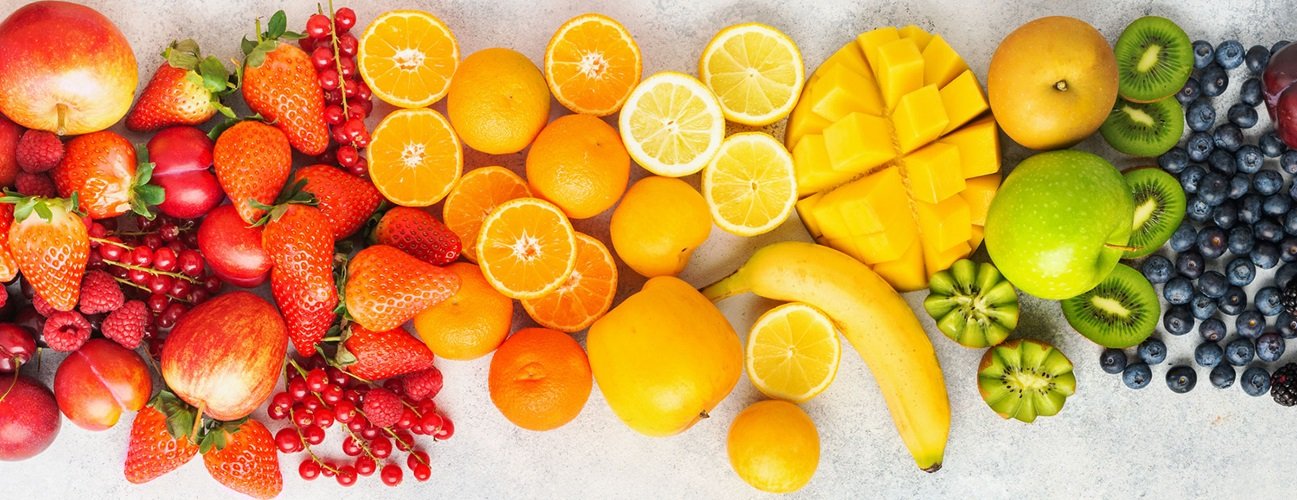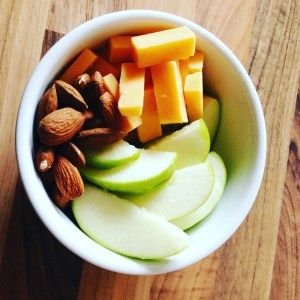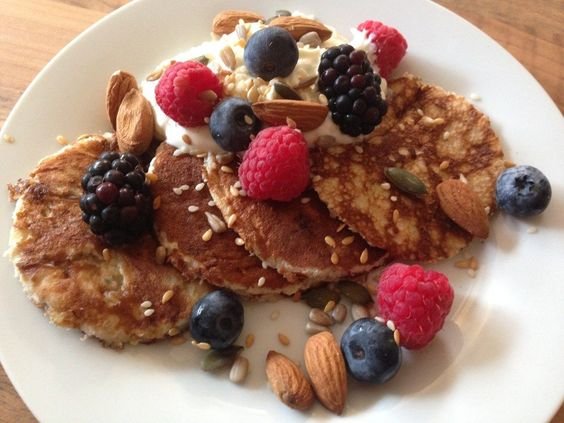Diagnosed With Gestational Diabetes…What Now?
You’ve just been diagnosed with gestational diabetes and you may feel a little overwhelmed and don’t know where to start. Let us help you navigate this with some changes to your diet.
Stay in Control
Controlling the amount of carbs in your diet is one approach to keep your blood sugar levels in a healthy range. Carbs are broken down and converted into sugar. The presence of glucose in the blood is crucial since it serves as fuel for your body and provides nourishment to your baby; however, it is important that glucose levels remain within target. It is important to make sure that you are eating more quality carbs such as oats, sweet potatoes, blueberries, whole wheat breads, and less empty carbs like white bread, flour, pasta, pastries and desserts. Diets can be difficult, but you can do this! It’s what’s best for you and your baby! Let us help you!
Dietary Changes To Be Aware Of
Carbohydrates are found in the following foods:
Milk and yogurt
Fruits and juices
Rice, grains, cereals, and pasta
Breads, tortillas, crackers, bagels, and rolls
Dried beans, split peas, and lentils
Potatoes, corn, yams, peas, and winter squash
Sweets and desserts, such as sugar, honey, syrups, pastries, cookies, soda, and candy
Distribute your foods between three meals and two or three snacks each day. When you eat too much at once, your blood sugar levels can skyrocket. It is so important that you do not skip meals. You have higher nutritional needs during pregnancy and your baby requires a well-balanced diet.
Eat reasonable portions of starch. It’s crucial not to eat too many starchy meals because they eventually turn into glucose. They should, however, be included in every meal. One cup of total starch each meal, or two slices of bread is a reasonable portion.
Limit fruit portions. Fruit is a nutritious food, yet it contains a lot of natural sugars. One to three portions of fruit per day is allowed but only eat one at a time. One very little piece of fruit, half of a large piece of fruit, or around one-half cup of mixed fruit is a portion of fruit. Fruit that has been canned in syrup should not be consumed since it has a lot of added sugars.
Aim for eating foods with a low glycemic index. All fruits where you eat a lot of the skin provide a great amount of healthy fiber.
Cherries, blueberries, pears, apples, plums, strawberries, peaches, and grapes
Avoid fruit juice. It takes several fruits to make a glass of juice and because it is liquid, juice can raise blood sugar quickly.
Strictly limit sweets and desserts. Carbs are commonly found in cakes, cookies, candies, and pastries. These foods frequently contain a lot of fat and provide very little nutrients. Also, stay away from any sugar-sweetened beverages and regular sodas.
Stay away from added sugars. Don’t add sugar, honey, or syrup to your foods. Instead, use artificial sweeteners. Highly processed foods, various condiments like ketchup and dressing, fast foods, and alcoholic beverages all include hidden sugars.
Take a closer look when a product says “sugar-free.” Although products containing products are frequently branded as sugar-free, they may contain large levels of total carbohydrate. Sugar-free items, such as diet sodas and sugar-free jell-o are carb-free and won’t raise your blood sugar.
Eat more protein. Blood sugar levels can be balanced by eating protein with carbs or choosing carb-rich foods that also contain protein. Women with gestational diabetes should eat nutrient-dense, protein-rich foods as much as possible. Protein-rich foods include:
Fish, chicken, turkey, eggs, tofu, beans, nuts, seeds, quinoa, and legumes.
Some Good Options For You
Lean proteins help you feel full and are essential building blocks for your baby’s growth. They include: chicken, eggs, fish, low-fat dairy products, and turkey.
Non-starchy vegetables provide important vitamins, minerals, and fiber and you can consider them ‘freebie’ foods as they are very low in carbs. These include: broccoli, cucumbers, green beans, onions, peppers, and salad greens.
Healthy fats help you feel full and are beneficial for heart health. They include: avocado, nuts, olive oil, seeds, and nut butters (almond, peanut, cashew, etc.)
Complex carbohydrates. We need carbs for energy, fiber, and certain nutrients. Complex carbs include: beans, berries, brown rice, greek yogurt, sweet potatoes, and whole-wheat bread.
Food Pairing
Food pairing is a method for identifying which foods go well together to get the best nutritional value. It can be as simple as adding an egg, cheese, meat, fish, avocado, or peanut butter to a slice of whole wheat toast instead of just butter. All of these factors work together to ‘pair’ the carbs in the toast, making it more tolerable. The more carbs you mix together, the higher your chances of getting a better reading. Protein is a significant winner to help stabilize your blood sugar and here is why:
“Protein tends to help stabilize blood sugars by blunting the absorption of carbohydrates and sugars. As protein breaks down into glucose more slowly than carbohydrate the effect of protein on blood glucose levels tends to occur gradually over a few hours” (Dario Health).
Great foods to pair with carbs:
Nuts and nut butter
Seeds
Avocado
Coconut oil and olive oil
Olives, full-fat cheese, full-fat yogurt, full-fat REAL cream, REAL butter, full-fat mayonnaise
Tofu
Eggs
Examples of Great Food Pairing
Bread with crunchy peanut butter
Toast with butter and two eggs
Small banana with cheese and nuts
Granola with berries and whole milk
One small orange/clementine with walnuts
Full fat greek yogurt with a small amount of berries, nuts, and seeds
Exercise
It is recommended that women with gestational diabetes should engage in moderate-intensity aerobic and resistance training three times per week for 30-60 minutes each session. Exercise has been shown to help pregnant women with gestational diabetes have a better pregnancy outcome. Make sure you talk with your healthcare provider first before starting physical activity to determine which is the safest workout for you!
The best types of workouts for pregnant women include:
Walking
Swimming
Cycling
Low-impact aerobics
Sources
https://www.gestationaldiabetes.co.uk/what-is-food-pairing/
https://www.ucsfhealth.org/education/dietary-recommendations-for-gestational-diabetes
https://www.healthline.com/health/diabetes/low-glycemic-fruits-for-diabetes#grapes











